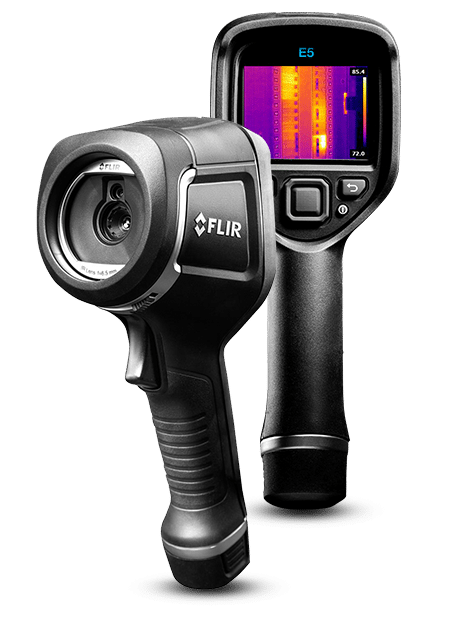Thermal Camera Inspection
Price range: $450.00 through $550.00
Details
Inspecting your home using a thermal imaging camera is a powerful and non-invasive means to locate building defects such as missing insulation, halogen downlights, air leakage, condensation problems and water leaks.
A home inspection with a thermal imaging camera can help:
- Visualise thermal loss and heat gain
- Detect missing or defective insulation
- Source air leakage
- Find areas of moisture
- Locate thermal bridges
- Locate water infiltration
Geelong Sustainability offers Thermal Camera Inspections that are performed by local highly skilled energy efficiency assessors in the Geelong, Bellarine and Surf Coast regions.
Please contact us about assessment availability for locations more than one hour outside of Geelong.
The Thermal Camera Inspection is for residential homes and usually takes one hour to complete.
The assessor will visit your home to conduct a thorough thermography inspection of the building fabric using a Flir E5 Thermal Camera. They will take infrared thermal photos of any problem areas and discuss with you what was identified and how it can be improved, as well as other energy efficiency advice specific to your home. At the end of the assessment you will receive a report with infrared thermal images. View a sample report.
Book now and our assessor will be in touch with you to confirm a convenient time for the assessment.
Insulation defects
Easily identify areas in the home with missing or poorly installed insulation. As little as 5% gap in coverage can reduce insulation performance as much as 50%.
 |
 |
 |
Detection of air leaks
Air leaks lead to higher energy consumption and poor thermal comfort. Air leaks can also lead to condensation in the construction which in its turn can cause a poor indoor climate.
 |
 |
Moisture Detection
A Thermal Camera can detect moisture invisible to the naked eye. Moisture damage is the most common form of deterioration for a building. Moisture in walls, floors, or ceilings and wet insulation are prime locations for mould and fungi.
 |
 |

